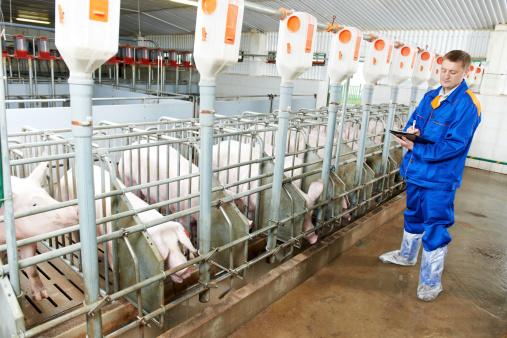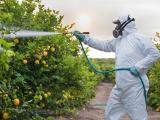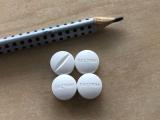In November 2017, the World Health Organization (WHO) took a significant step in its campaign to address the crisis of antibiotic resistance, calling for an overall reduction in the use of medically important antibiotics in food-producing animals.
The WHO recommendations included a complete restriction on the use of medically important antibiotics for growth promotion in animals, a step that has already been taken by several countries and is not considered particularly controversial. Although the use of antibiotics for growth promotion has long been a practice in animal agriculture, it has come under increasing scrutiny in recent years, both from the scientific community and the wider public.
But the WHO also recommended that farmers stop using medically important antibiotics for preventing diseases that have not been clinically diagnosed. And that, says Morgan Scott, DVM, PhD, is where things start to get a little tricky.
"This poses problems to individuals who believe that prevention is a legitimate and ethical practice," Scott, a professor of epidemiology in the department of veterinary pathology at Texas A&M University, told an audience yesterday at the University of Minnesota.
Scott, who spoke about the use, misuse, and overuse of antibiotics in agriculture and food production, was the second speaker in a series of lectures on antibiotic resistance hosted by the University of Minnesota's Consortium on Law and Values in Health, Environment, and the Life Sciences. While Scott was not necessarily arguing in defense of the use of antibiotics for disease prevention in animals, his message was that, for the veterinarians tasked with keeping animals healthy, determining judicious use and non-judicious use of antibiotics is a complex decision that involves an array of factors.
"I tend to think it's not that simple," Scott said.
Differing views on judicious use
The use of medically important antibiotics for disease prevention in food animals is a controversial topic. Some believe that administering sub-therapeutic doses of antibiotics in healthy animals through feed and water can help promote antibiotic resistance by creating selection pressure for drug-resistant strains of bacteria. But defenders of the practice, including the US Department of Agriculture and the American Veterinary Medical Association, argue that using antibiotics for disease prevention and control is important for animal and human health and for food security.
As Scott explained, this debate is really about a contrasting set of values. On one side are those who believe that human medicine takes precedence over veterinary medicine and animal agriculture. They believe that using medically important antibiotics for growth promotion and disease prevention and control in animals is less defensible than using those drugs for treating sick animals, and that certain classes of antibiotics that are considered critically important in human medicine should never be used in animals.
"This is basically what you read in the WHO guidelines from 2017," Scott said.
On the other side are those in the veterinary community who believe that letting an animal get sick is not only bad for animal and human health, but is unethical from a standpoint of animal welfare and animal health.
While people in the first camp might view using antibiotics in animals to mitigate the risk of a disease outbreak as misuse, for veterinarians, the issue is less cut and dry. They often have to think in terms of risk management, and what kind of impact not using preventive antibiotics would have on a herd or flock. Some veterinarians may overuse antibiotics because they are more risk averse than others.
"Risk management: At what point do you say that this is overuse or potentially misuse?" Scott asked.
But Scott believes there are common values that these groups share. They both agree that antibiotics enhance the health and well-being of animals and humans, that there is overuse and misuse of antibiotics in animals and humans, and that protecting the efficacy of antibiotics for future generations is a good thing.
Acknowledging these shared values, Scott suggests, can create an ethical framework for defining judicious use of antibiotics in animals, which he sees as a necessary step if we want to reduce antibiotics in animal agriculture. "I think defining judicious use…and promoting it in US agriculture is something we really need to do," he said.
While Scott said he doesn't have the answer for where disease prevention should fall on the spectrum of judicious use, he's settled on a fairly straightforward position on antibiotics in food-animal production: Less is better; zero is not an option.
"I'm not a fan of streams of antibiotic-free," he said, in reference to the growing movement in poultry production toward raising chicken without the use of antibiotics. He also believes that zero use of antibiotics is unacceptable from an animal welfare standpoint. "But if you don't have a system-level view that results in overall reductions in use, you haven't actually accomplished anything."
See also:
Feb 28 Consortium on Law and Values news release

























